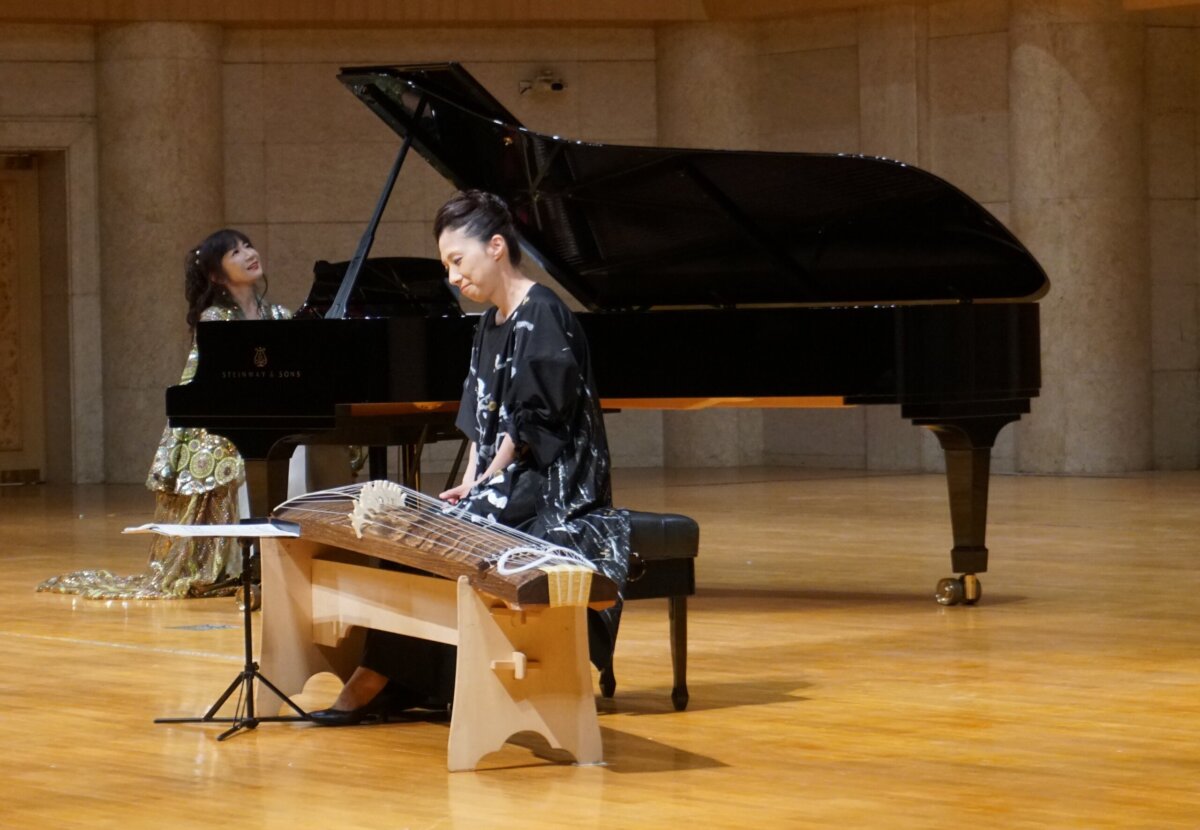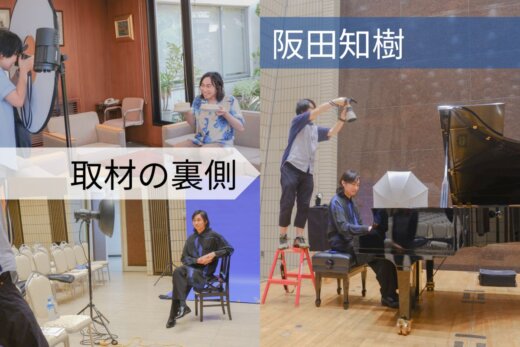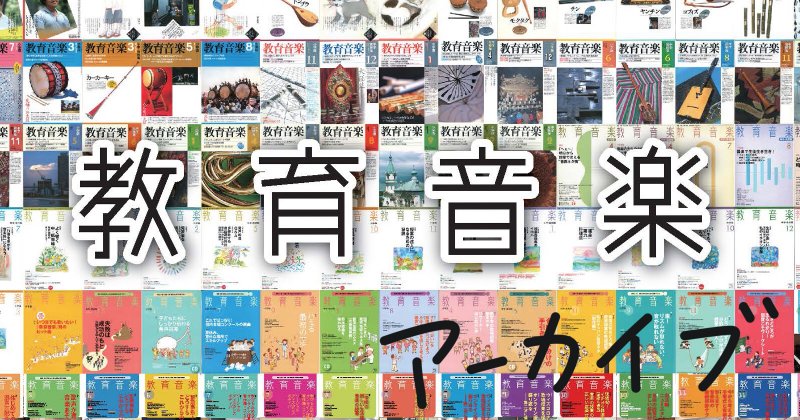
Depicting Japan’s Seasons with Unique Collaboration of Koto and Piano——Miki Maruta and Yukiko Isomura Deliver Essence of Japan’s Beauty to Broad Audience

Composer and pianist Yukiko Isomura and koto* player Miki Maruta spoke about their new release, "Uraraka—Beautiful Japan: Koto & Piano". They talked about the east-meets-west collaboration of koto and piano, as well as the behind-the-scenes stories of creating original pieces inspired by the four seasons of Japan.

国立音楽大学演奏学科鍵盤楽器専修(ピアノ)卒業、同大学大学院修士課程器楽専攻(伴奏)修了を経て、同大学院博士後期課程音楽学領域単位取得。在学中、カールスルーエ音楽大学...
Yukiko Isomura, composer and pianist who has gained immense popularity in China for her heart-touching music and expressive performances, and Miki Maruta, a koto player whose rich musicality and incredible technical skills are widely recognized through collaborations across genres, have joined forces. The duo’s new CD “Uraraka—Beautiful Japan: Koto & Piano” has recently been released. The inimitable partnership between the Western instrument piano and the traditional Japanese instrument koto resonates deeply with listeners with fresh yet nostalgic sound.
Expressing the Beauty of Japan with Piano and Koto
——Your album features original pieces inspired by the four seasons and even anime songs, offering an experience to listeners to savor the charm of “Japan” as a whole.
Isomura The album was born to showcase the allure of koto, a traditional Japanese instrument, by depicting the fantastic landscapes of Japan through the seasons. I’ve been working with Ms. Maruta for several years, and from the very first time we performed together, I felt an overwhelming desire to explore various musical endeavors with her.
Maruta In Ms. Isomura’s compositions, I always rediscover the unique tone and appeal of koto. What strikes me most is that both piano and koto are string instruments. Typically, koto is often accompanied by wind instruments like shakuhachi**, so I mainly play the accompaniment. But this time, I was given the opportunity to play many melodies, and was amazed by the dignified resonance that a single note from koto can create.
**shakuhachi: a traditional Japanese end-blown bamboo flute, often associated with meditation and classical music.

composer, arranger, koto player

composer, arranger, pianist
——Koto comes in various types, such as 13-string, 17-string, and 25-string versions, but you specifically chose to focus on the 13-string for this album.
Maruta While having more strings allows for easier chord play and modulation, the more strings an instrument has, the closer its tone tends to resemble Western sounds, possibly due to the overtones. This time, I wanted to emphasize the “Japanese-ness” of the music, so I deliberately chose the 13-string koto to deliver its original, simple sound.
——All of the pieces related to the four seasons were composed by Ms. Isomura.
Isomura Yes, the core of this album is based on a piece called Sakura that I originally composed for the erhu. In addition to that, I received from our producer some keywords related to the four seasons, which guided me with the creation of the other pieces.
Maruta Nowadays, there’s a feature where you can add background music (BGM) to social media posts, and I’ve noticed that Sakura is frequently used by people overseas when they post about cherry blossoms. All the pieces we recorded for this album also match perfectly with many different scenes in Japan, so I hope people will use them as BGM for their posts.
Japanese Cuisine and Anime: More Japanese-ness!
——Among the titles filled with picturesque imagery like Kazemai Hana (Wind Dance Flower) and Yukimi Kanade (Snow Viewing), the track Sushi Takoyaki Ramen really stands out! (laughs)
Isomura This track was inspired by the popular Japanese foods that many people overseas often associate with Japan. I hope people use it as background music on social media, and I also want them to sing along and have fun!
Maruta Listen to the melody, and you’ll notice you can actually sing “Sushi, Takoyaki, Ramen♪” along with it!
—— Though Anime and Vocaloid have become symbols of Japan, I’d never thought of hearing the three tracks Idol, A Cruel Angel’s Thesis, and Senbonzakura played on piano and koto.
Isomura Recently more people perform pop music with traditional Japanese instruments, still these tracks showcase the highest technical skill. Idol in particular is a piece that only Ms. Maruta could truly bring to life.
Maruta It was a challenging piece with extreme technical demands and frequent key changes, so it’s really been tough! (laughs) Through playing it, I realized more of koto’s potential, and it’s been incredibly fun to perform.
“Uraraka—Beautiful Japan: Koto & Piano” offers a rich collection of musical creations, allowing listeners to enjoy the blending collaboration of koto and piano. In addition to the original works inspired by the four seasons and pop songs of Japan, the album also includes Isomura’s popular piece Kaze no Sumu Machi (Wind through Stars), which has become a major hit in China, as well as Maruta’s original composition Umi To (With Sea ~Koto Solo version). Beyond the enchantment of each piece and the riveting performance, the “beauty” of Japan that shines through the music is sure to captivate hearts around the world.

(Beautiful Japan~四季~)
Original 〔composed by Yukiko Isomura〕
- 風舞い花 Wind Dance Flower
- サクラ Sakura
- 春の海変奏 Spring Sea Variations
- 紫陽花 Hydrangea
- 花火 Firework
- 京都の紅葉 Autumn Leaves in KYOTO
- 雪見奏 Snow Viewing
- 寿司たこやきラーメン Sushi Takoyaki Ramen
- 風の住む街 Wind Through Stars
- ひとしずくの涙 A Drop of Tears
(Japanese Pops) Cover
- アイドル 〔作曲:Ayase〕 Idol
- 残酷な天使のテーゼ 〔作曲:佐藤英敏〕 A Cruel Angel’s Thesis
- 千本桜 〔作曲:黒うさP〕 Senbonzakura
(Bonus track)
- 海と With Sea ~Koto Solo version 〔作曲:丸田美紀〕
- 風の住む街 ~Piano Solo version 〔作曲:磯村由紀子〕
Koto, arrangement for koto: Miki Maruta
Piano, composition, arrangement:Yukiko Isomura
関連する記事
-
読みもの映画『ブーニン 天才ピアニストの沈黙と再⽣』が2026年2⽉20⽇に公開!
-
レポート【取材の裏側】音楽家・阪田知樹の脳内を覗く! 『音楽の友』9月号表紙&特...
-
プレイリストピアニスト、アレクサンダー・ガジェヴ~”再生”を必要としているあなたに送るプレイ...
ランキング
- Daily
- Monthly
関連する記事
ランキング
- Daily
- Monthly
新着記事Latest

















